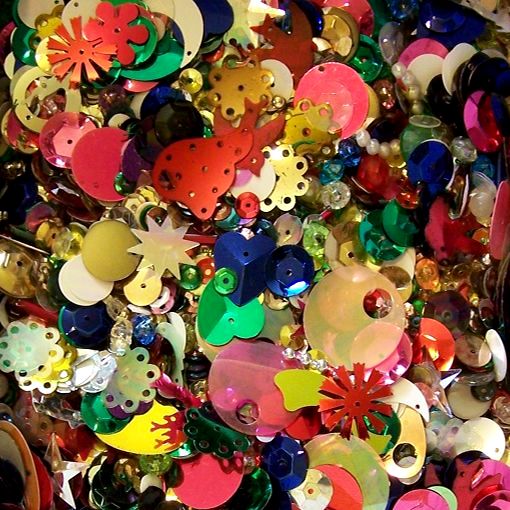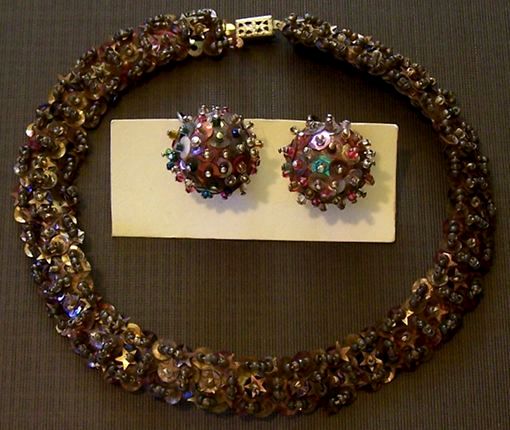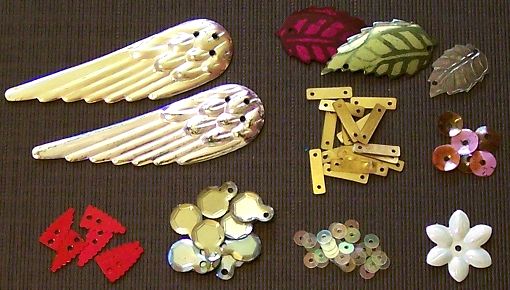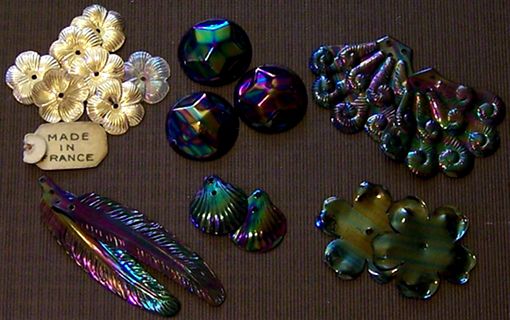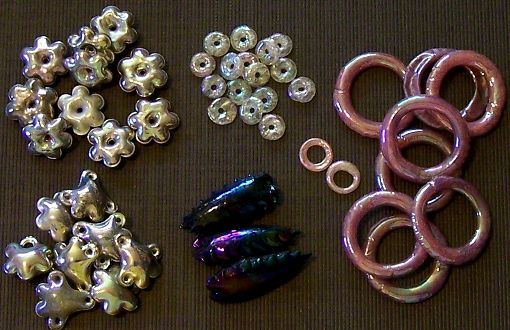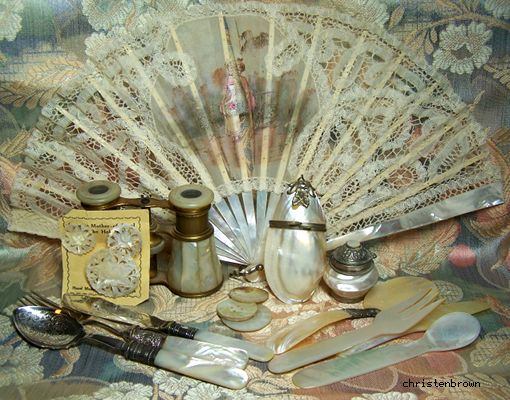
Mother of Pearl or MOP
Friday’s favorites this week is all about Mother of pearl. Mother of pearl (shortened to MOP) is the iridescent layer of lining material that is formed by a variety of mollusks such as oysters and mussels. The beautiful natural coloring of these shells is a favorite material used by fashion designers, craftsman and artisans throughout the centuries. Here is a nice group of items with the Mother of pearl pink/green sheen glowing off of the white shells.
Mother of pearl was very popular during the “Victorian” period in England, when femininity and beauty were prized. The spines of the fan which is from this period are all Mother of pearl, with the fan itself made from silk and lace. The opera glasses (circa 1900’s) are made from brass with sections of Mother of pearl inlaid into the sides. The utensils made from Mother of pearl with attached metal sections were my grandmother’s, and I believe these were handed down from her mother. The utensils made entirely from shell were found at an antique store, and I am not sure of the date on these. The small shell purses are made from whole shells with metal findings, these are newer items and can be found at a shell or novelty shop. The buttons are both new and vintage and can be found at antique stores, quilt shops and jewelry supply stores.

MOP in all her glory
Here are a variety of items that would have been used in both men and women’s fashions. Starting at the left, these charms and beads are both new and old and would have been used on women’s clothing and accessories as well as jewelry. The middle section of buttons and buckles are from the Victorian period. The cuff-links to the right are worn by both sexes, these examples are both vintage and new.
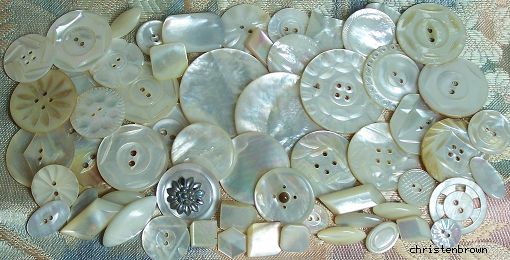
mother of pearl buttons
Quilters, embroiderers and crafters alike all have a collection of Mother of pearl buttons! Here I have grouped a variety of different button shapes and sizes; both new and old; carved, pierced and drilled; both sew-on (with wholes) and shank (some self and some metal) styles.
These are probably the most common of the vintage buttons, not only because of their beauty but the availability. They can be found in their natural state carved, mixed with other materials such as metal and rhinestones; they can be dyed, or painted with images. The nacre that is important to the health of the shell is still important to the button. Over washing and drying in the dryer can damage and chip the shell, so take care of these precious beauties!
Enjoy your day, may it be filled with creative wonder! Christen
